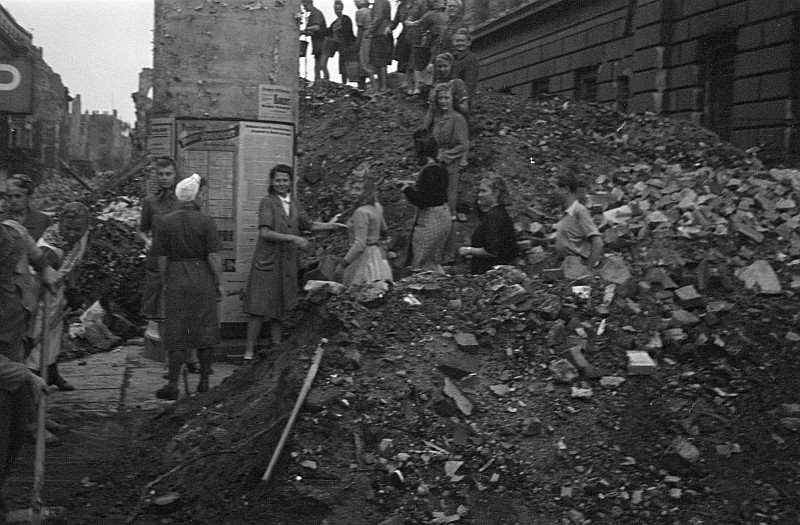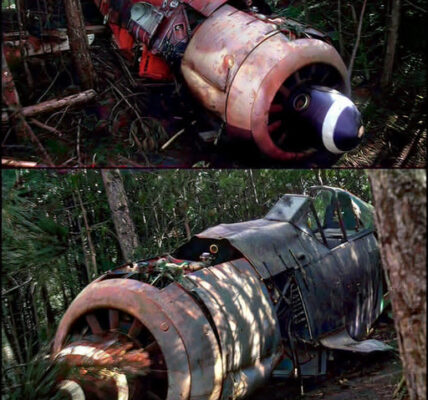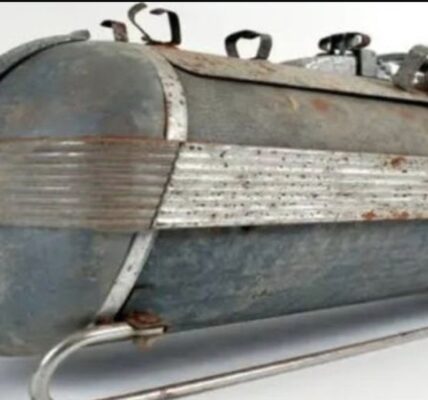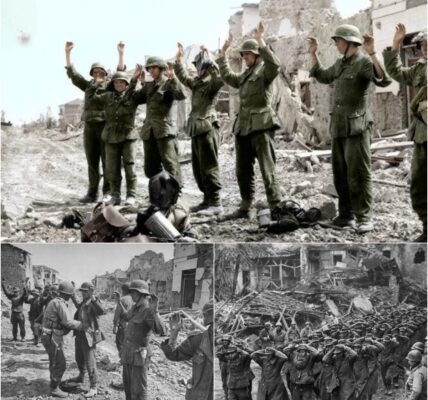Berlin 1945: The rubble women – women who rebuilt a destroyed city with their own hands _de22

When World War II ended in May 1945, Berlin lay in ruins. Houses, streets, bridges, squares – everything had been devastated by bombing raids that had changed the face of the city for years. But amidst all this destruction stood people who did not give up, who looked to the future, and who began to rebuild life, stone by stone. Particularly striking among them were the Trümmerfrauen (rubble women), women from diverse social backgrounds who became one of the most important symbols of postwar reconstruction.
Many men had fallen, were missing, or were prisoners of war. A significant portion of Berlin’s population consisted of women, the elderly, and children. The city’s survival could not wait until political structures were functioning again or decisions were made from above. Immediate action was required. And that is precisely what the women did.

The rubble women worked in places that are barely recognizable today: familiar boulevards, squares, residential areas, and train stations. Where shops, theaters, and cafes once stood, there were only destroyed walls, shattered windows, rubble, shards of glass, charred beams, and twisted metal remnants. The work was hard, physically exhausting, and dangerous. The women used simple tools: buckets, shovels, brooms, baskets, and their hands. It was arduous manual labor in the open air, summer and winter.
Many of the women had previously led very different lives. Some were housewives, others secretaries, saleswomen, seamstresses, or factory workers. Now they stood amidst ruins, sorting bricks, piling rubble into heaps, and clearing streets. Bricks that weren’t too badly damaged were chipped and stacked for later reuse in the reconstruction. Every single movement was a small step toward the future.

The atmosphere at that time was complex. The war was over, and with it a chapter of immense suffering, but the future was uncertain. Many people faced the question: What now? Food was scarce, housing was lacking, and electricity and water were often unreliable. Nevertheless, amidst this hardship, a remarkable sense of community developed. The women worked not only because it was necessary, but because they felt it was the only way to lay the foundations for a new life.
Friendships, quiet solidarity, and mutual support blossomed among the women. They shared bread, water, clothing, stories, and hope. The work bonded them together, not out of enthusiasm, but out of necessity. And yet, something proud also developed: the feeling of truly making a difference, of making a destroyed city habitable again.
The daily lives of the rubble women were not only physically demanding but also emotionally taxing. Many of them cleared away places that had once been their homes. They found personal belongings in the ruins—a photo album, a broken dinner set, an article of clothing—memories of a life that no longer existed. These moments were painful, but they also made the work meaningful. It wasn’t just about stones. It was about rebuilding their own lives.

Over time, the image of the rubble women evolved into a symbol. They became a sign of strength, perseverance, and the will to rebuild after the destruction without giving up. The image of a woman standing on a mountain of ruins, wearing a headscarf and sturdy shoes and carrying a brick collector, remains a powerful symbol in German collective memory.
But it’s important to understand that they didn’t act out of heroic impulse, but because they had to. They had little choice. And precisely for that reason, their work deserves recognition: they did what needed to be done, even though the situation seemed hopeless.
Today, monuments, street names, exhibitions, and historical photographs commemorate these women. But even more importantly, their stories are being passed on: They tell of the courage to persevere amidst loss and uncertainty. They remind us that rebuilding is not just a matter of plans and machines, but of hands ready to work—and hearts ready to hope.
The women who cleared rubble didn’t just move stones. They laid the foundation for a new life, a new society, and a new beginning.










